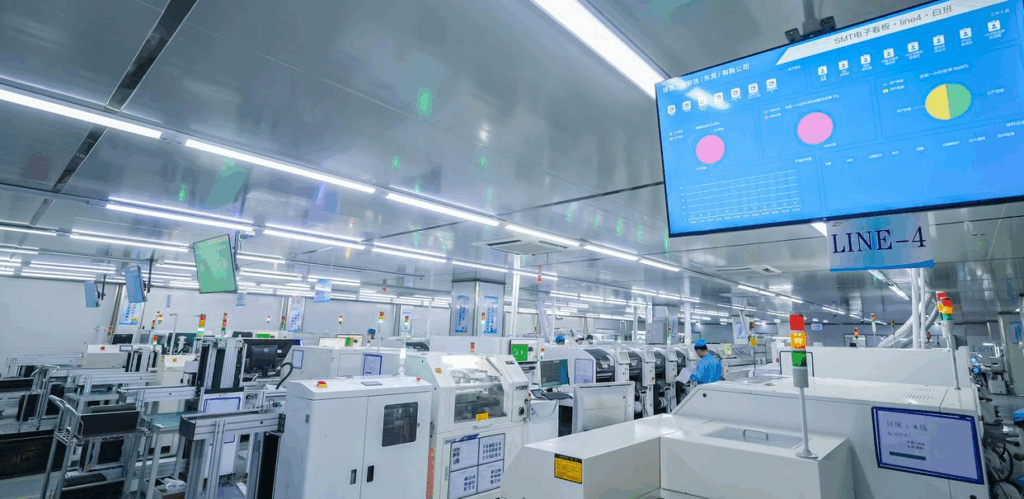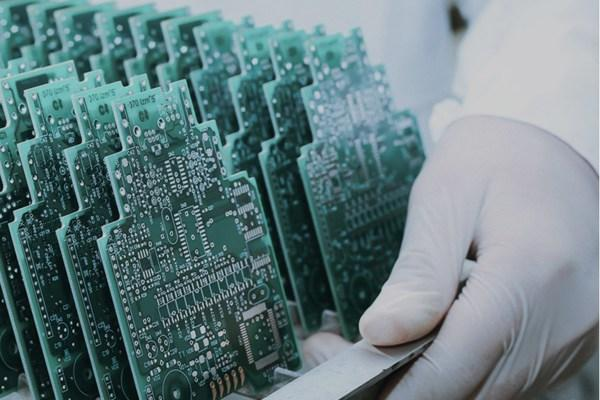SMT and especially SMT pick and place machines are officially on an upward trend. The reason behind it lies on the following stats: from 2021 to 2025, the global SMT assembly equipment market is expected to grow by USD 627.46 million, with the market projected to grow at a compound annual growth rate (CAGR) of 6.04% by 2024. Based on an analysis of various regions and their contributions to the global market, Technavio estimates that China, the United States, Germany, Japan, and the United Kingdom will remain the leading markets for SMT assembly equipment. By 2024, the consumer electronics, automotive, and communications segments are expected to become one of the primary drivers of the market, with significant implications for end-users. There is a total of seven aspects that are affecting this industry.
First aspect, high precision and flexibility. Electronic devices are evolving toward higher precision, faster speeds, greater ease of use, greater environmental friendliness, and greater flexibility in order to adapt to industry competition, shorter new product launch cycles, and environmental requirements. The pick-and-place head can be switched automatically and can perform dispensing, printing, and detection feedback, resulting in higher placement precision stability and greater compatibility between components and substrate windows.

Second aspect, high speed and miniaturization. To achieve high efficiency, low power consumption, minimal space requirements, and low cost, there is an increasing demand for high-speed, multi-functional pick-and-place machines that offer both high pick-and-place efficiency and multi-functionality. Multi-track, multi-workstation pick-and-place production models can achieve productivity levels of around 84,000 CPH like Nectec’s NT-T5, while the footprint and power consumption of the equipment continue to decrease.
Third aspect, semiconductor packaging and SMT integration. The miniaturization, multifunctionality, and precision of electronic components have driven the integration of semiconductor packaging and surface mount technology. Technologies such as POP (Pop-up Package) and sandwich processes are widely used in high-end smart products, and most brand-name surface mount machine companies offer flip chip equipment.
Fourth aspect, path to intelligence and automation. Driven by concepts such as Industry 4.0 and Made in China 2025, SMT equipment is being combined with technologies such as artificial intelligence and the Internet of Things to achieve automated production, intelligent detection, and fault prediction, thereby improving production efficiency and quality while reducing labor costs.
Fifth aspect, green manufacturing. The electronics industry is placing greater emphasis on sustainable development. SMT equipment manufacturers are focusing on environmental protection and developing energy-efficient, low-pollution equipment to reduce energy consumption and harmful emissions, such as using environmentally friendly solder and optimizing equipment energy consumption management.

Sixth aspect, advanced detection technology integration. To ensure the quality of electronic products, advanced testing technologies such as 3D SPI, AOI, and AXI are deeply integrated with SMT equipment to achieve real-time online testing and feedback, improving defect detection rates and accuracy while balancing testing precision and speed.
Last aspect is system integration. SMT equipment is evolving toward integrated systems that combine assembly, logistics, packaging, and testing. Through systems such as MES, it is possible to achieve full process traceability and control, improve production coordination and efficiency, and optimize production processes.





